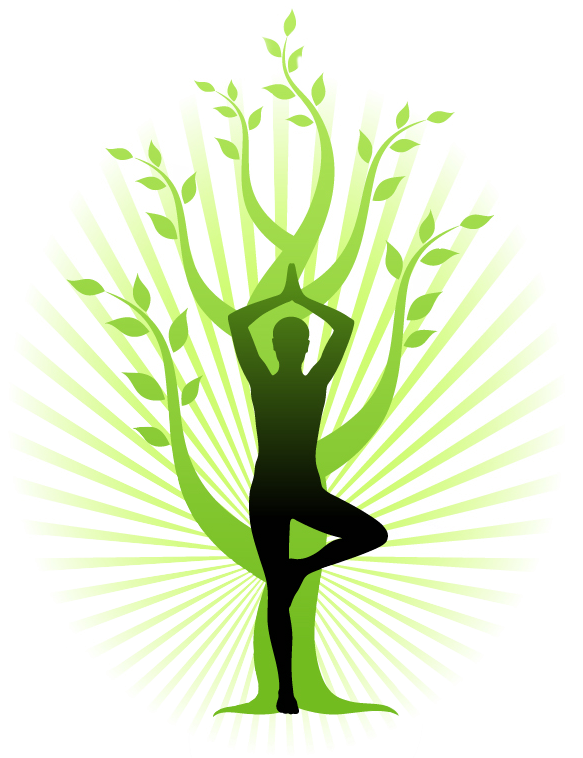 Lying on our backs with a block, or folded blanket under the heart space, opens out the heart from its heart space, the dark deep cavernous hriddayacash, letting go and coming into stillness, being aware of the body and breath. In sunflower pose/supta badha konasana, we can open our shoulders and hips where we hold our emotions, a balanced Anahatha chakra enables us to feel emotions, not suppress them but to be able to let go those ones we don’t need.
Lying on our backs with a block, or folded blanket under the heart space, opens out the heart from its heart space, the dark deep cavernous hriddayacash, letting go and coming into stillness, being aware of the body and breath. In sunflower pose/supta badha konasana, we can open our shoulders and hips where we hold our emotions, a balanced Anahatha chakra enables us to feel emotions, not suppress them but to be able to let go those ones we don’t need.
‘ The purpose of my life is to love, I love by letting go of judgement, Through forgiveness I find peace of mind’
Anahatha, meaning to let go, liberate, give, is the Element of Air, determining how we feel, our emotions. Anahatha animal is an antelope, a fast powerful animal, yet light and sensitive. We all associate our heart with love and spiritually Anahatha is the seat of prana/energy, love, equilibrium, our inner temple, a love of humanity and nature. Anahatha links with the core, twisting from the core, opening the heart, but giving a softness, an awakening, a chakra of balance of yin and yang, the integration between the lower more grounding physical chakras and the higher more spiritual ones, the yama of Ahimsa – love and compassion, firstly for ourselves and then for others.

At a physical level – the thoracic spine and ribcage, sternum, shoulder girdle, the heart and lungs, cardio pulmonary circulatory system of course, the little thymus gland, our T cells responsible for fighting infections, viruses, cancer, the oesophagus, kidneys and adrenal glands on top, our diaphragm, the floor of the thoracic cavity. Physiologically, our blood pressure, heart valves, our Autonomic Nervous System – the balance of our Sympathetic System keeping our heart pumping strongly and our Parasympathetic System, keeping our heart pumping evenly, improving our vagal tone, the balance between exercise and rest, so enhancing our immune system and equilibrium. 

Asanas for Anahatha improve our posture, strengthen the Thoracic spine, the diaphragm and intercostals.
All the muscles -Serratus anterior (the deep muscle with a pushing action between the ribcage and scapula) lower trapezius which keeps our shoulder blades (scapula) down and broad, connecting with Triceps at the back of our upper arm, so we can move our shoulder joints safely, and our rotator cuff, learning to co-contract and stabilise the socket.  Relaxation enables a more relaxed upper Trapezius, rhomboids between the scapulae, scalene in the front of the neck, pectorals, so the chest is more open and the heart and lungs less compressed, giving our hearts some breathing space! Backbends open our vulnerable front body but must be taught properly to make sure the extension is in the mid thoracic spine and not hyperextending the lower lumbar spine – linking the core,
Relaxation enables a more relaxed upper Trapezius, rhomboids between the scapulae, scalene in the front of the neck, pectorals, so the chest is more open and the heart and lungs less compressed, giving our hearts some breathing space! Backbends open our vulnerable front body but must be taught properly to make sure the extension is in the mid thoracic spine and not hyperextending the lower lumbar spine – linking the core,  applying a pelvic wrap, ‘lifting the pubic bone to the navel’. Twists too, a ‘turning of the heart supported by the core’.
applying a pelvic wrap, ‘lifting the pubic bone to the navel’. Twists too, a ‘turning of the heart supported by the core’.
 Salute to the Moon with flow and feeling, Anahatasana, bridge, ustrasana/camel, adha Matsyendrasana seated twist, Gomukhasana/ Cow faced pose opening our shoulders and hips, Revolved Triangle/Pavritta trikonasana.
Salute to the Moon with flow and feeling, Anahatasana, bridge, ustrasana/camel, adha Matsyendrasana seated twist, Gomukhasana/ Cow faced pose opening our shoulders and hips, Revolved Triangle/Pavritta trikonasana.

Dancers Pose, shoulder stand, reclining spinal twists for our mid spine. 


